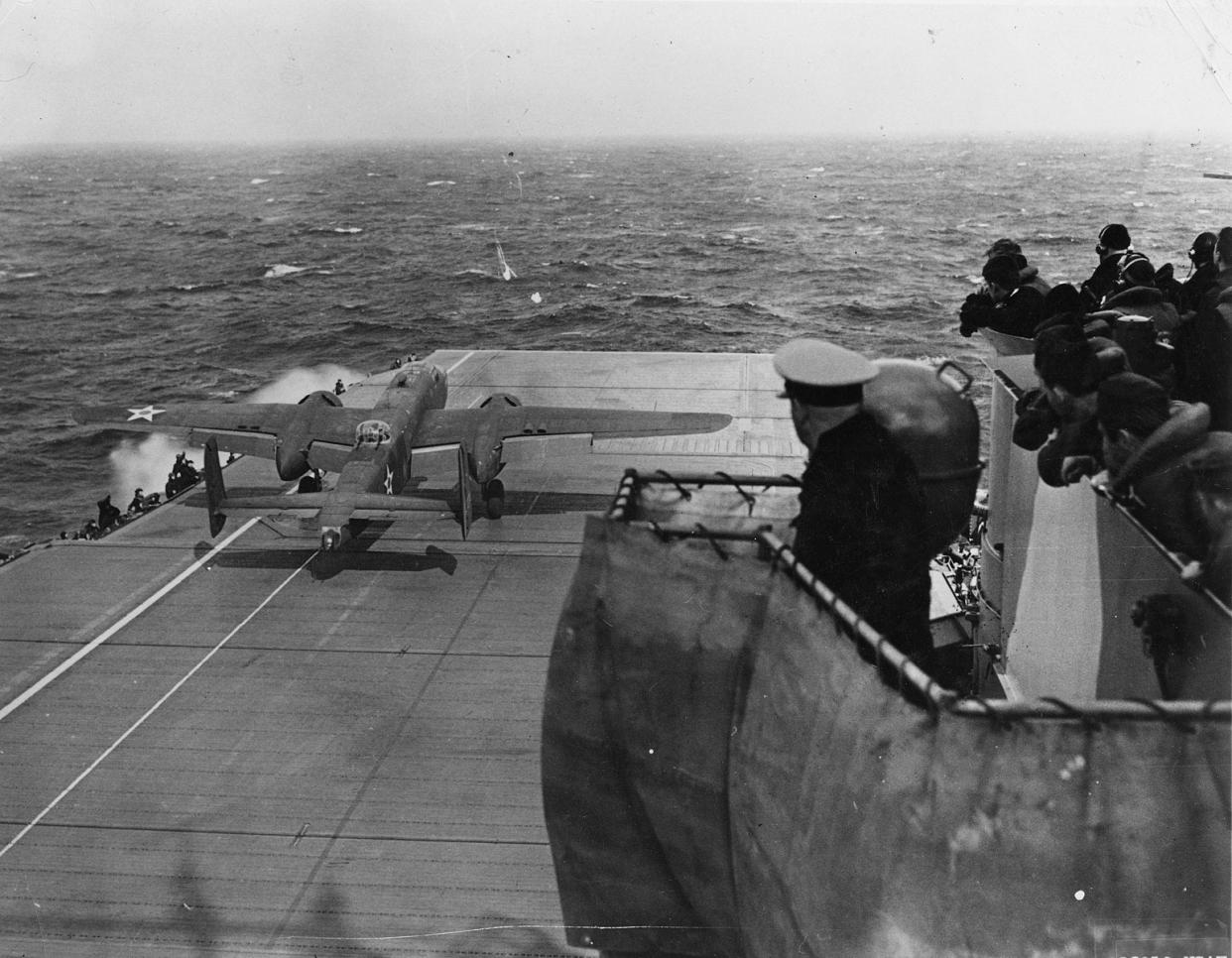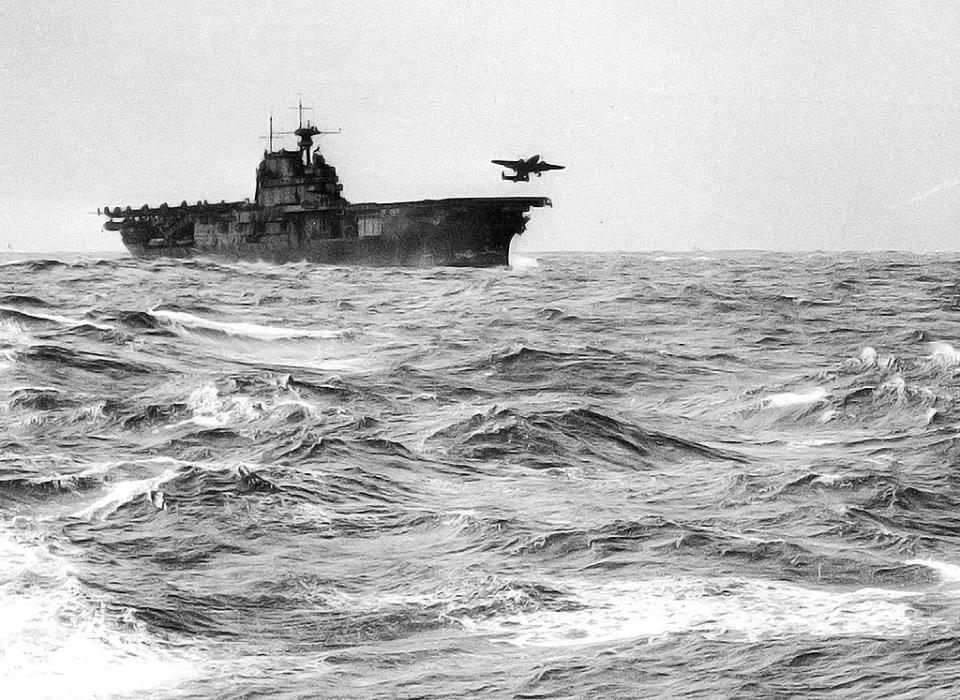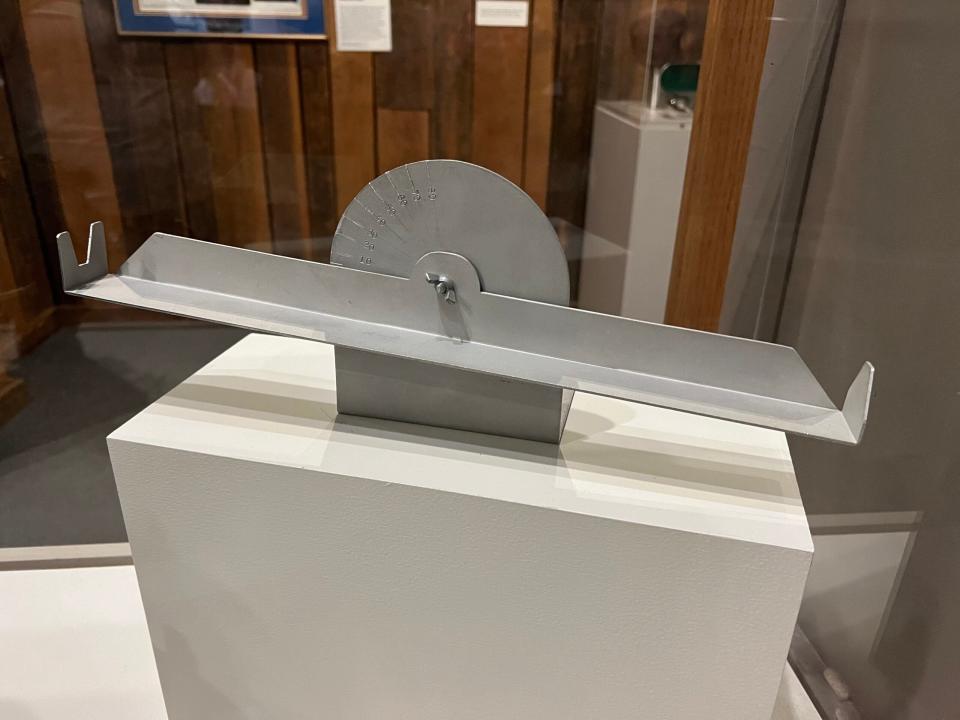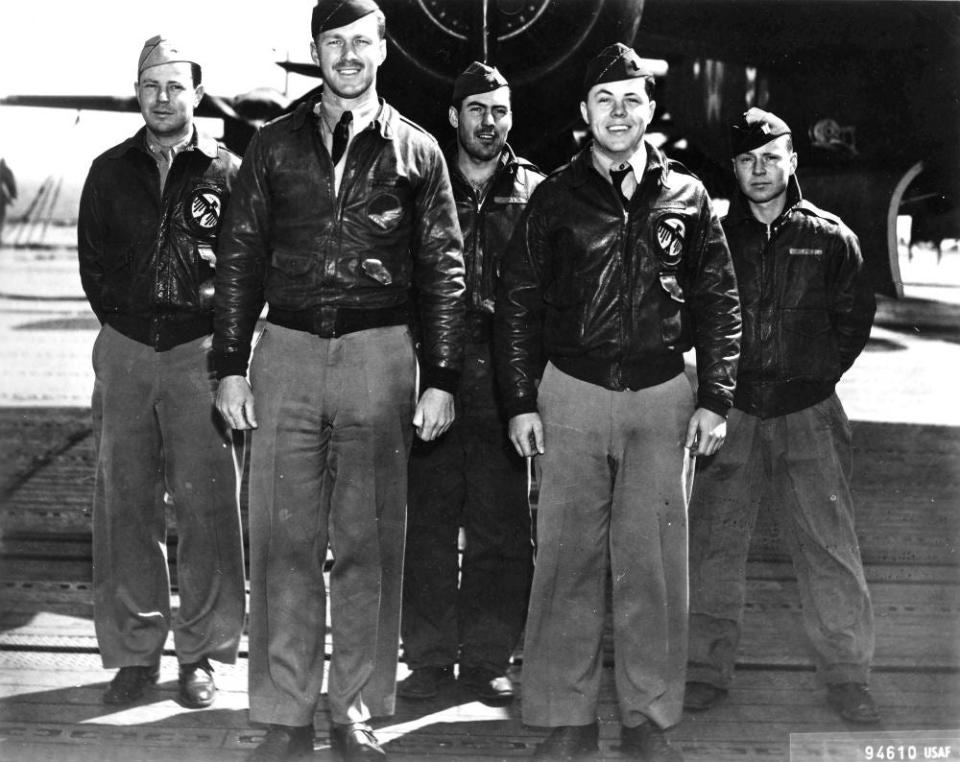Why the Doolittle Raid required a handmade bombsight

- Oops!Something went wrong.Please try again later.
The Norden bombsight was the primary bombsight used by American bombers during WWII. Before the introduction of radar bombsights in 1943, the gyroscopically-stabilized Norden was the most accurate high-altitude bombing sight and was even used to drop the atomic bomb on Hiroshima. American bombardiers swore to protect the secrets of the sight with their lives. However, a different sight was required for the famous Doolittle Raid.

Seeking to strike at the heart of Japan after the surprise attack on Pearl Harbor, the Doolittle Raid called for Army Air Force B-25 Mitchell medium bombers to take off from the USS Hornet (CV-8) in order to reach Tokyo. To take off from the deck of a carrier while loaded with fuel and bombs, the B-25s had to be as light as possible. The one-way sortie also called for the planes to be ditched in China, where they would likely fall into Japanese hands. This meant that the heavy and secret Norden bombsight was not an option for the raiders.

Moreover, the low-level bombing run over Tokyo needed a low-level bombing sight. So, Doolittle Raid pilot Capt. Charles Ross Greening designed the Mark Twain bombsight. More accurate than the Norden at low altitude, the Mark Twain cost just 20 cents in 1942 compared to the Norden's $10,000. The sight's name comes from the simple lead line depth finders used on Mississippi River paddle wheelers.

Using the known airspeed and altitude of the plane, the bombardier could determine the angle that the sighting bar on the Mark Twain needed to be set to. Then, the sight needed to be lined up with the target for the bombs to be released. This clever and cost-effective solution gave the Doolittle Raiders an optimal sight for their mission while keeping the Norden's secrets safe from the Japanese.

As a result of the nature of the Doolittle Raid, none of the original Mark Twain bombsights survived. Replicas have been produced for display in museums, including the South Carolina State Museum. The Mark Twain replica there was built by Lt. Col. Horace Crouch who served as a navigator/bombardier on the Doolittle Raid.

